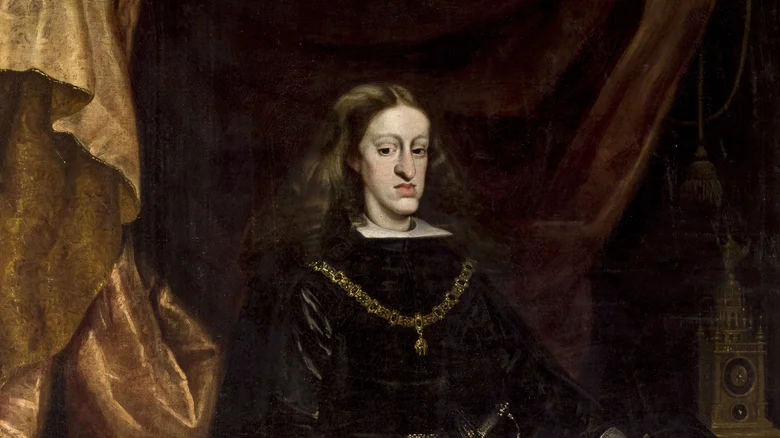Throughout history, some individuals have carried a high genetic price due to limited marriage pools and strict societal practices that emphasized keeping wealth and power within specific families. While most people who carry a recessive gene face no issues, this changes drastically in cases of close familial breeding, which can amplify the effects of certain genetic conditions. Here’s a look at some of the most inbred figures in history and the impacts they faced.
Tutankhamun
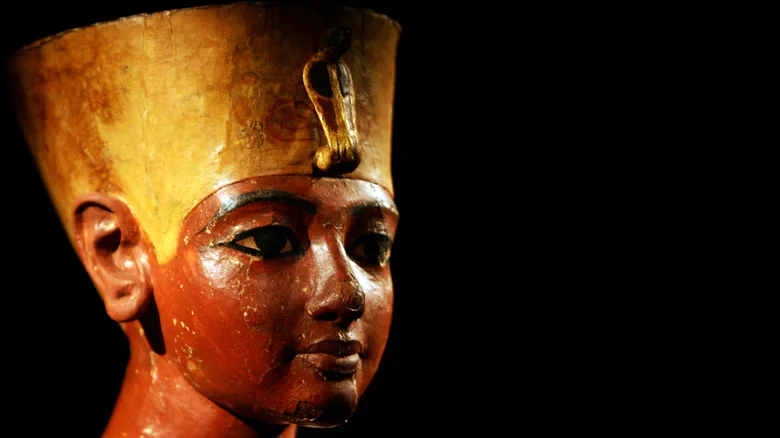
The iconic Egyptian pharaoh Tutankhamun, famous for his stunning golden death mask, was also a victim of his family’s inbreeding practices. A 2010 study found that his physical ailments, including scoliosis, a clubbed foot, and a cleft palate, could have been consequences of royal inbreeding. His father, Akhenaten, likely married his own sister, and Tutankhamun himself was married to his half-sister, which may explain why he left no surviving heirs and was buried with two mummified fetuses.
Ancient Irish Royals

The royal families of Neolithic Ireland seem to have also engaged in close familial marriages. A 2020 genetic study of remains found in Newgrange tomb revealed evidence of first-degree incest. This tomb was a highly revered burial site, reserved for the elite, suggesting that similar to other ancient cultures, Irish royalty practiced inbreeding as a means of maintaining power within their lineage.
Short Creek FLDS Families
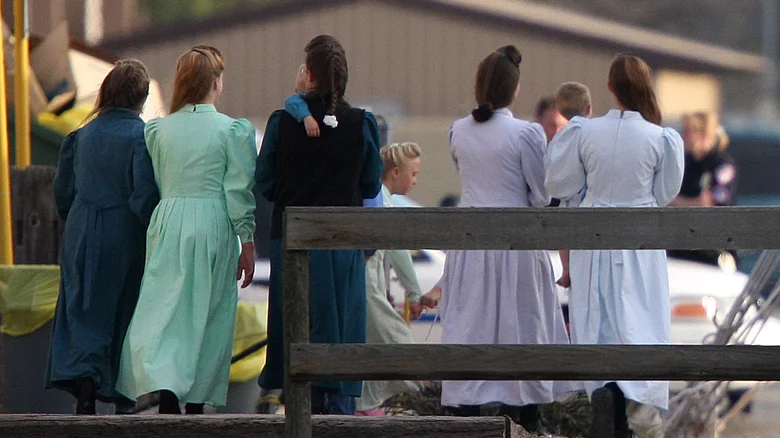
In modern times, the isolated FLDS (Fundamentalist Church of Jesus Christ of Latter-Day Saints) community on the Arizona-Utah border has faced the consequences of inbreeding. Dr. Theodore Tarby identified several cases of fumarase deficiency—a rare genetic disorder causing severe developmental delays—within the FLDS community, due to generations of limited gene pools. The condition, exceedingly rare elsewhere, is disproportionately high in this group, where polygamous marriages restrict the genetic diversity of future generations.
Charles II of Spain

Charles II of Spain, the final Habsburg king of Spain, was perhaps the most infamous product of royal inbreeding. His family was so insistent on maintaining their royal bloodline that his parents were uncle and niece. Charles suffered numerous physical and cognitive impairments, symbolized by the pronounced “Habsburg jaw.” His inability to produce an heir marked the end of the Habsburg dynasty in Spain.
Ancient Hawaiian Royal Family

Hawaiian royalty, known as the ali’i, followed a strict social hierarchy that mandated marriage within close family to preserve their divine status. First-degree marriages, such as those between siblings, were seen as a mark of high status. The practice began to diminish with the influence of Westerners and the rise of Christianity in the 19th century, but for many generations, Hawaiian royalty was highly inbred, which may have contributed to certain health issues.
Queen Victoria’s Descendants
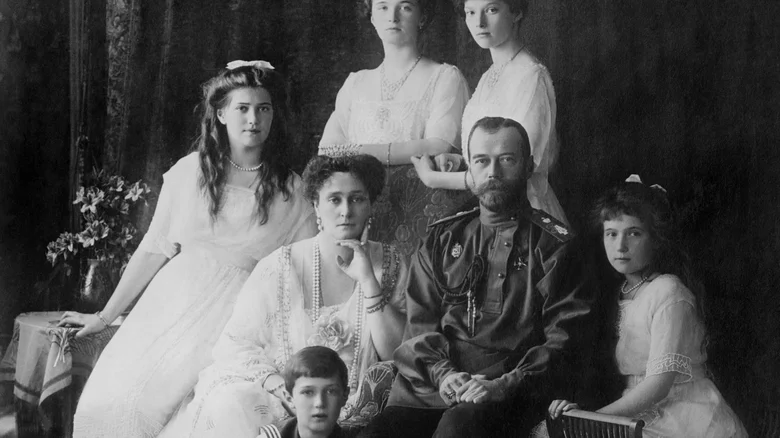
Queen Victoria’s descendants are a famous example of the dangers of inbreeding and the spread of recessive diseases. Victoria was a carrier of hemophilia, a blood disorder that disproportionately affected her male descendants across Europe’s royal houses. Victoria’s genetic legacy continued through her children, leading to hemophilia cases in Spain and Russia, where it affected Russia’s last royal heir, Alexei. The condition’s secrecy and Rasputin’s influence over the Russian royal family contributed to political turmoil, adding to the challenges of these royal families.
The Colt Family
The Colt family in Australia represents a modern example of the horrifying impacts of generational inbreeding. Originating from a brother-sister pairing, the Colts faced numerous health and developmental issues linked to generations of inbreeding and abuse. Following a 2012 police intervention, it was found that multiple family members had cognitive impairments and severe social isolation. DNA tests confirmed incestuous relationships spanning multiple generations, shedding light on the tragic consequences of abuse and isolation.
Ludwig II of Bavaria
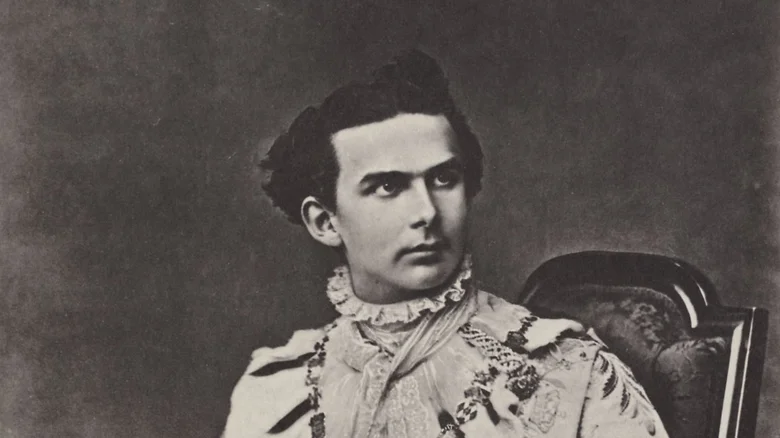
The eccentric Ludwig II of Bavaria, famed for his love of extravagant castles, was a member of the Wittelsbach dynasty—a European royal house known for inbreeding. Although his physical health was not as severely affected as some royals, his erratic behavior and mental health challenges were likely hereditary. He spent lavishly on projects like Neuschwanstein Castle, eventually bankrupting the state, and was declared insane shortly before his death under mysterious circumstances.
Conclusion
The patterns of inbreeding seen in these historical and modern families reveal the heavy toll that restrictive marriage customs and abuse can have on individuals. Although genetics has given us a better understanding of these issues, it remains a cautionary reminder of the importance of a diverse gene pool for the health and stability of future generations.
